Bump.
There have been good rains across SW Australia this winter, and spring is now in the air. So a few sunny days earlier this week had me heading into the northern agricultural region and the adjacent rangeland of the lower Murchison River region to scope a couple of areas I’ve been past plenty of times but not stopped to see.
Those areas were Karara Rangeland Park:
Karara Rangeland Park and Coalseam Conservation Park:
Coalseam Conservation Park.
In a nutshell, Karara Rangeland Park is six former pastoral stations that have been resumed to form the reserve. The region was once an area of major sheep-grazing on native vegetation, but land degradation through past over-stocking and generally poor economics of the wool industry had the industry declining before wild dogs signalled its death-knell. That story plays out widely across the Australian southern and western rangeland pastoral belt.
Coalseam is a cutaway area in the Irwin River Valley that showed indication of coal and was reserved in the mid-1800s. The coal was uneconomic and the land was too rugged for agriculture, so fortunately the reserve remained.
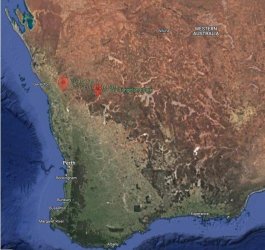
I decided to stay at Mellenbye Station Stay:
stationstaymellenbye. We had stayed there just overnight last year on our way north to Karajini NP and beyond (From post #15:
A Western Swing – Wildflowers, Gorges, Coast) and really enjoyed it. Plenty of accommodation options and some quirky features. Highly recommended and a great base for scoping the rich wildflowers of the region.
The overall backbone of the route was roughly like this, with a lot of driving backroads and tracks not shown. Karara Rangeland Park is to the SE of Mellenbye, surrounding where ‘Rothsay’, an historic location, is marked on the map.
There is the primarily magnetite Karara iron ore mine near Rothsay, but I found it impossible to get close enough to even see it, apart from the railway that goes to Geraldton.
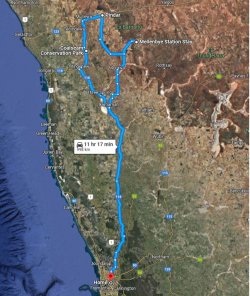
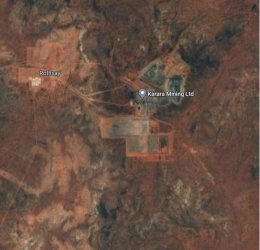
OK, I hit the road on Sunday morning. Mellenbye direct is just under a 5h run from Perth, but I had a few stops along the way.
Canola looking brilliant. Although, mind you:
Canola Farmers Welcome "Get the Fark Off Our Property" Season - The Bell Tower Times

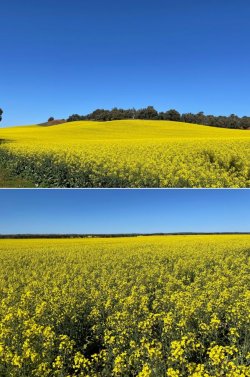
A lunch stop at the small town of Coorow. It has a tidy little museum.
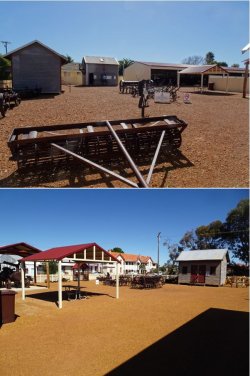
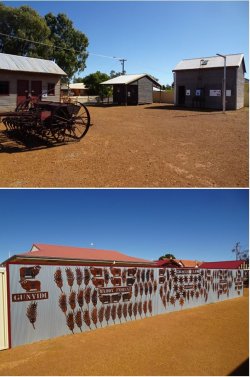
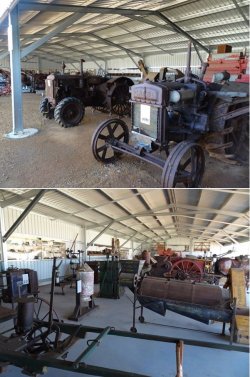
Some wildflowers in the area.
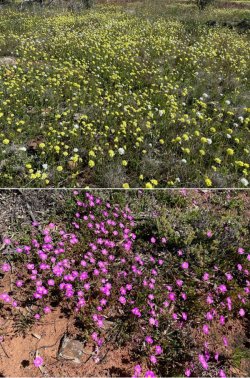
Pressing on to a stop north of Morawa where I know wreath flower,
Lechenaultia macrantha, occurs. It is somewhat of a holy grail for WA wildflower seekers. The trick is getting to an area when they are at peak flowering.
A little too early at my first stop and the plants there were fairly small.
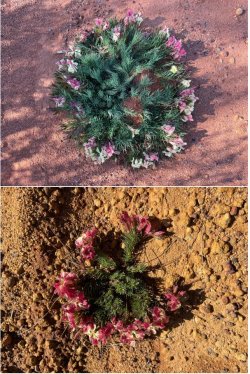









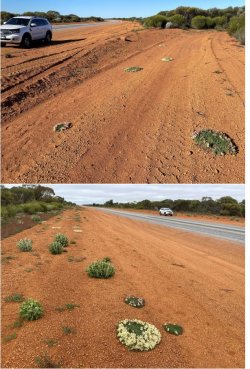
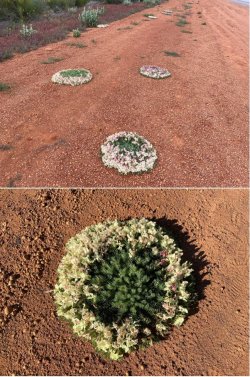
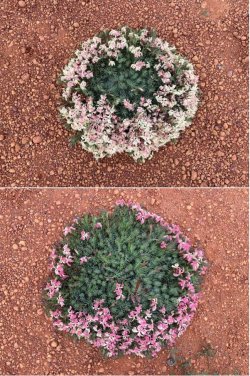
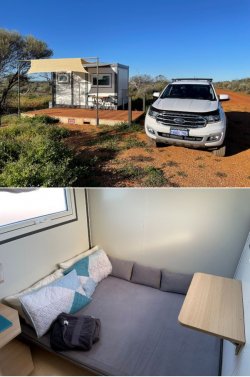
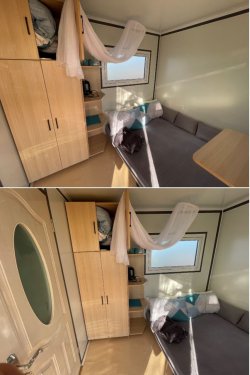
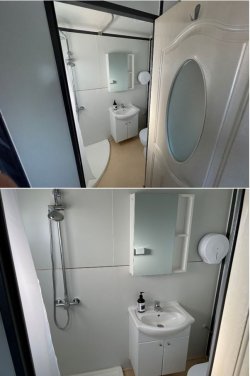
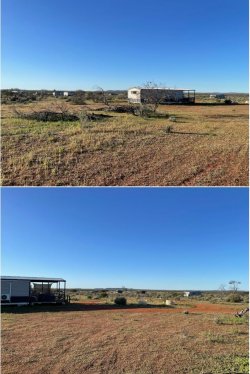
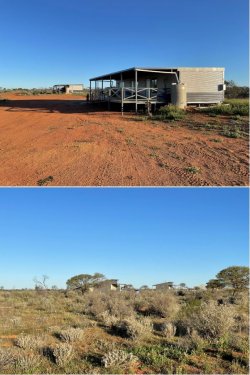
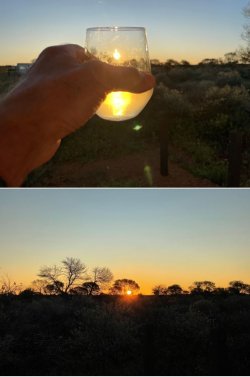
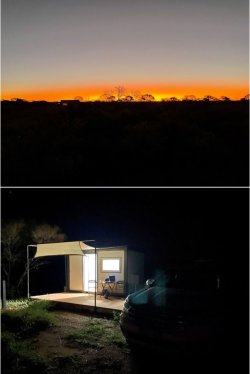
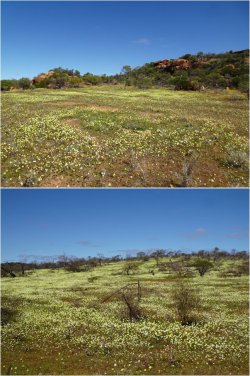
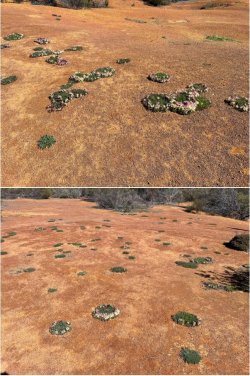
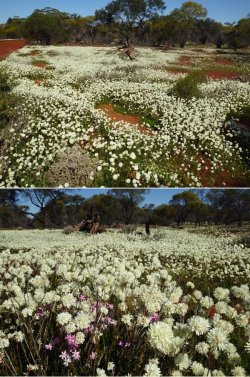
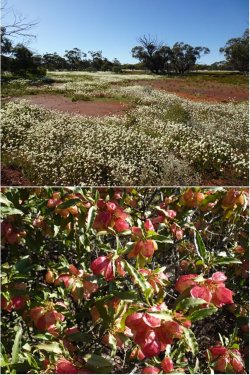
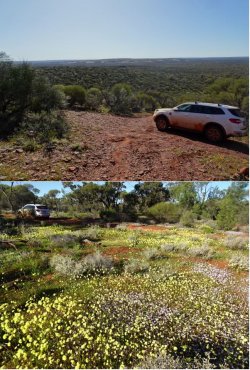
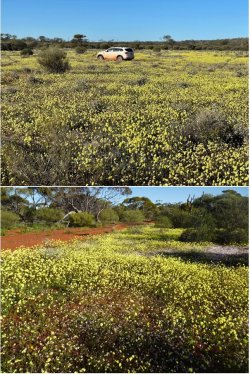
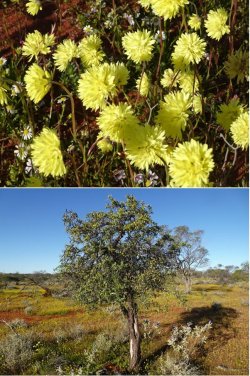
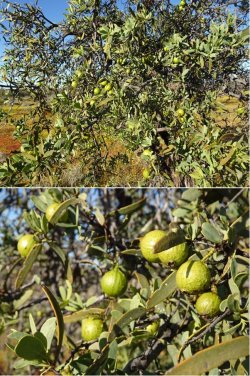
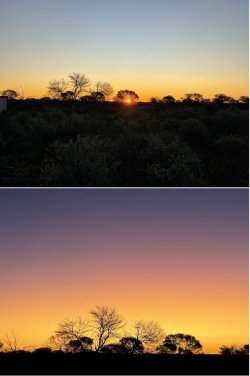
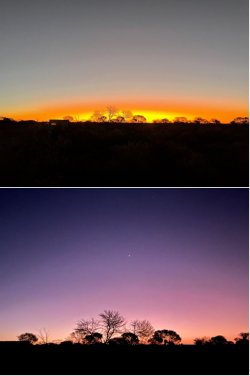
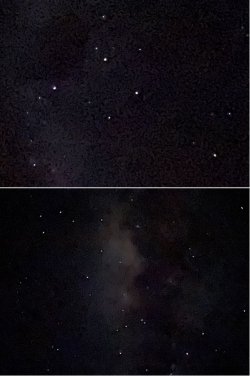
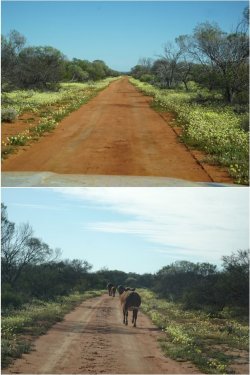
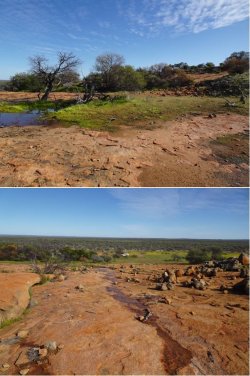
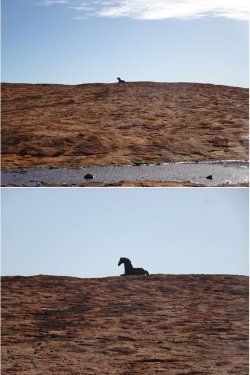
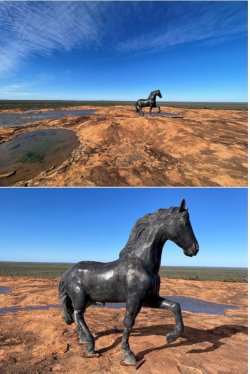
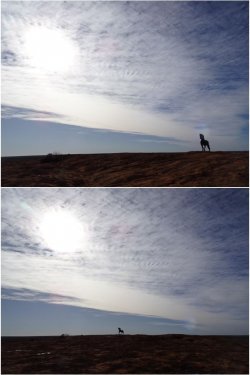
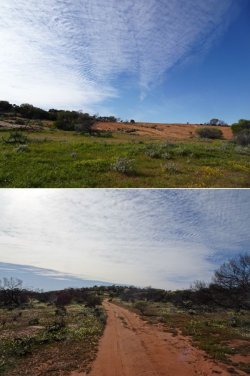
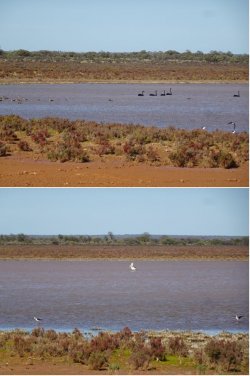
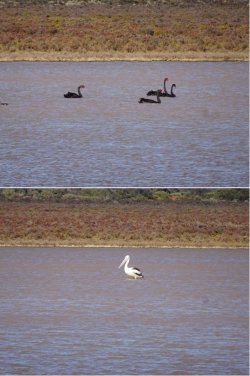
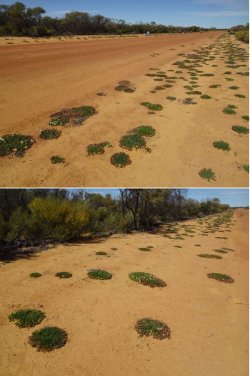
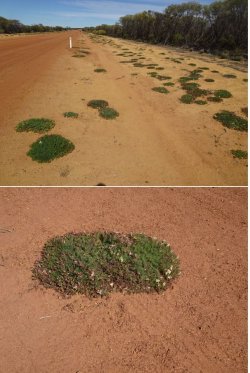
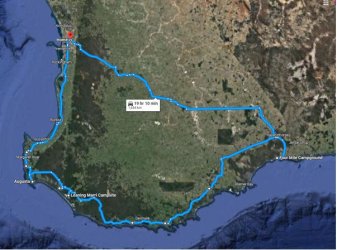
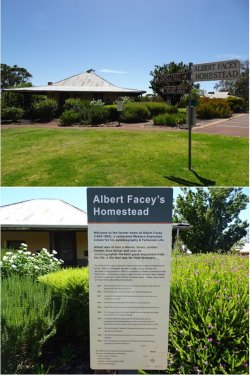
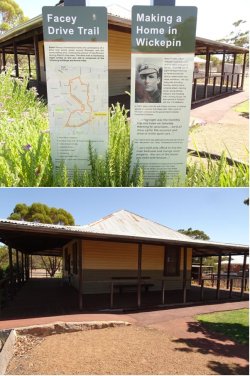
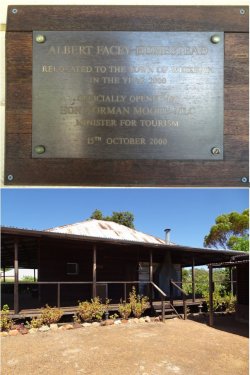
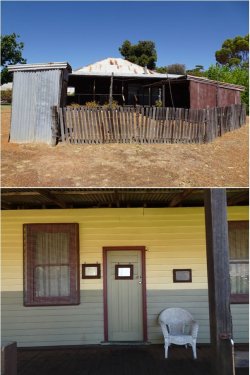
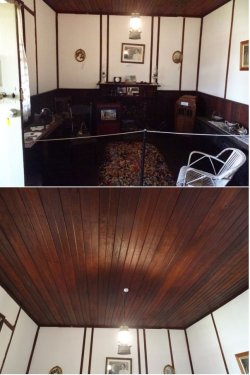
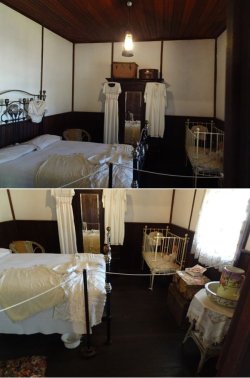
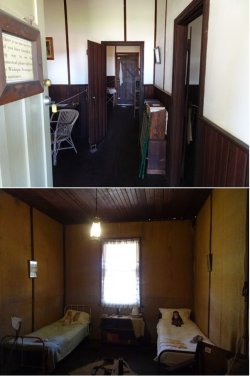
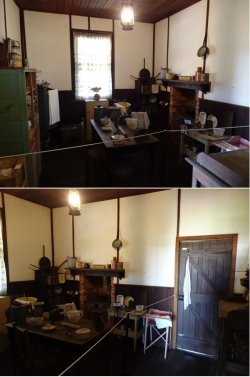
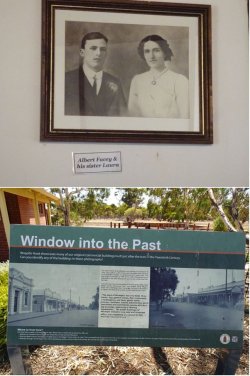
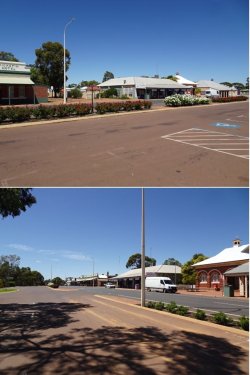
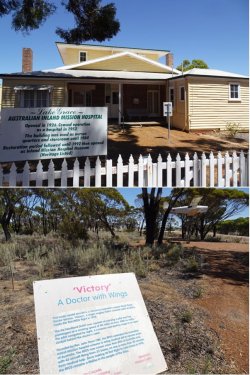
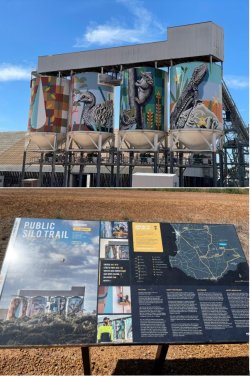
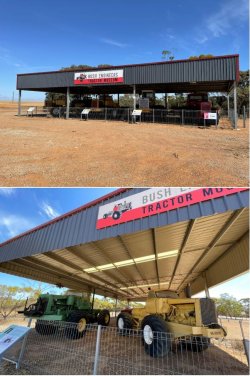
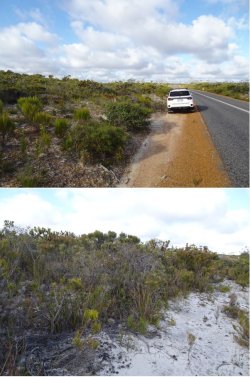
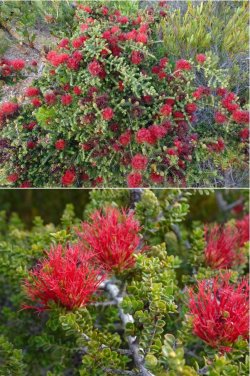
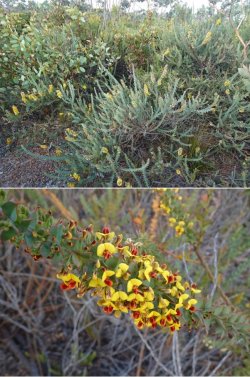
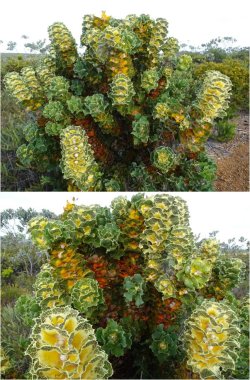
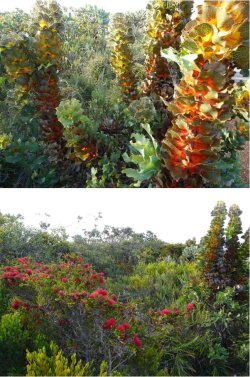
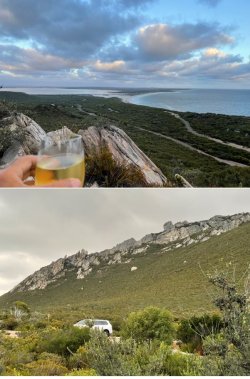
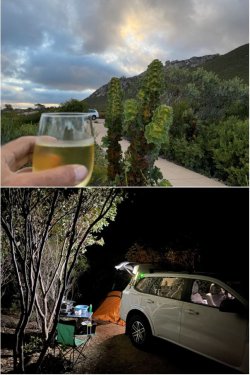
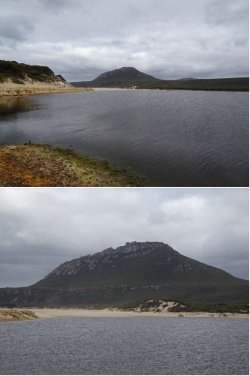
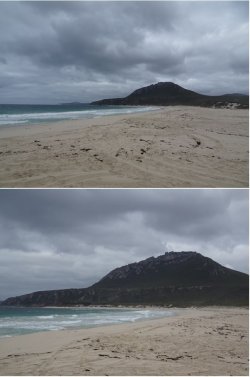
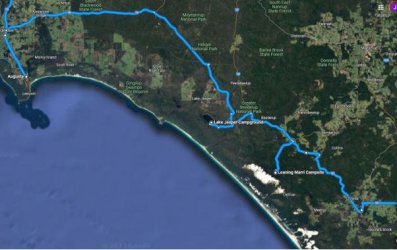
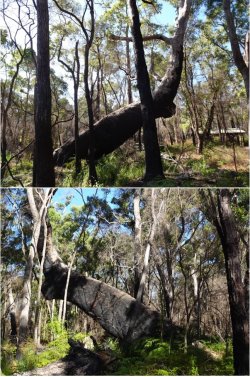
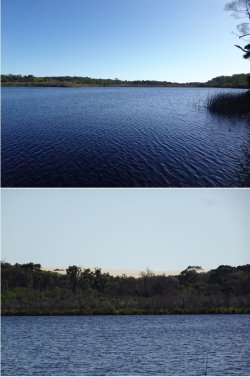
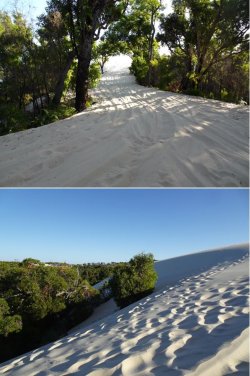
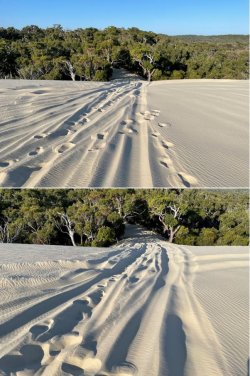
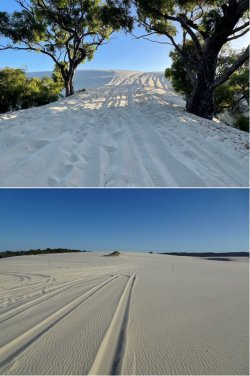
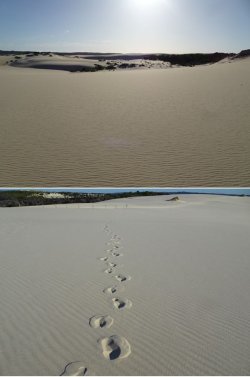
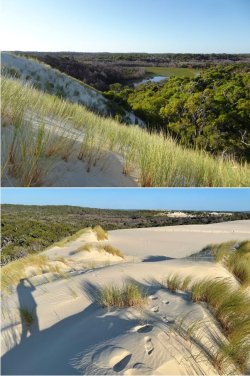
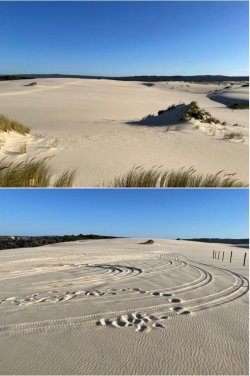
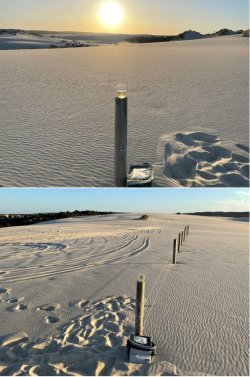
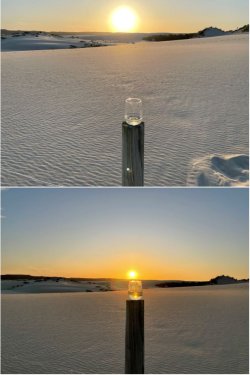
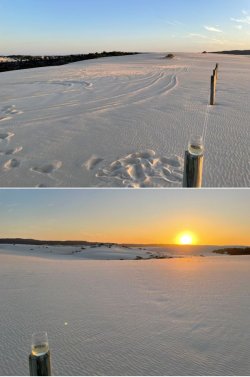
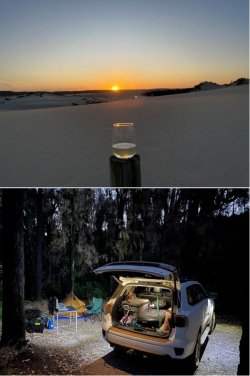
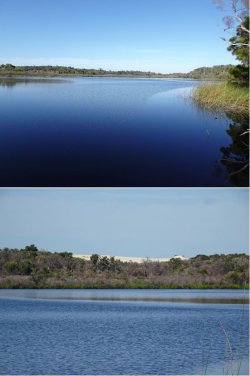
The Lurking Lepidopteran had obviously settled in my vehicle the night before and hitched a ride from Fitzgerald River NP. With the onset of dusk, it had become active and set off the motion sensors. I grabbed the offender and cast it adrift in a new home.


